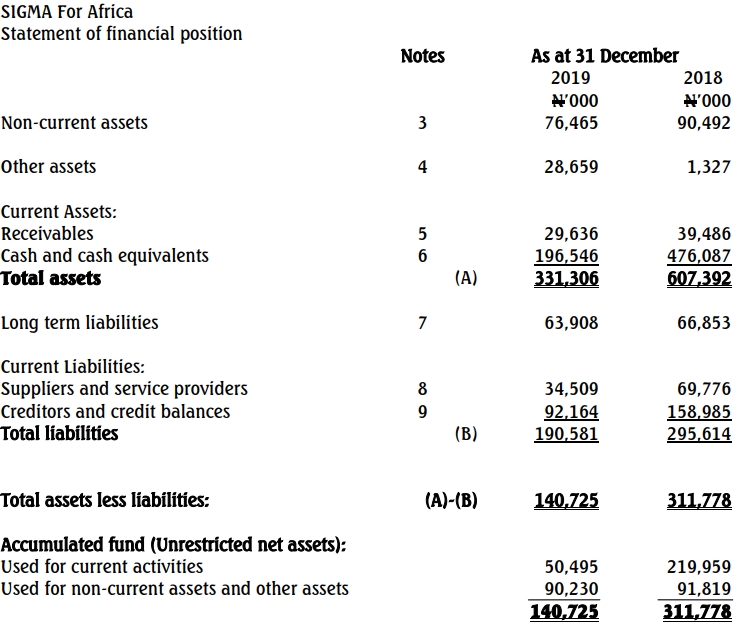- 15 Marks
AAA – May 2023 – L3 – Q5 – Audit Completion and Final Review
Discuss reasons for reviewing predecessor auditor’s work, audit procedures for sufficient evidence, and actions for insufficient audit evidence.
Question
Vigo Microfinance Bank Limited was incorporated on July 1, 2014, as a public limited company under the Companies and Allied Matters Act. The bank obtained a Microfinance banking license from the Central Bank on August 5, 2015, to operate on a nationwide basis and commenced business operation on September 5, 2015. The bank’s principal business is to provide microfinance banking and related services to the poor and underserved segment of society to alleviate poverty under the Microfinance Institutions Ordinance.
In 2019, the bank decided to convert to a commercial bank and commenced business operations on August 10, 2019, after final approval from the regulator. As of December 31, 2019, the bank had five branches (2016: 24) in the Federal Capital and four other major geopolitical zones in the country.
With the new commercial banking license, the bank employed the services of F.K. George Professional Services to audit its financial statements. As part of the activities to be carried out on the initial engagement, the external auditors began a review of the books of account of the predecessor auditor, and the following issues emerged:
- Some property, plant, and equipment in the books of account and prior year financial statements had negative net carrying amounts.
- The basis for impairment included in prior year financial statements regarding loans and advances could not be established from the working papers.
- A material amount of pre-operating expenses included in receivables schedules could not be satisfactorily explained.
- Audit work performed on interest income in the prior year was not supported by sufficient appropriate audit evidence.
- Details of outstanding tax liabilities could not be provided, as the amount in the financial statements was the figure supplied by the tax consultant, and not reviewed by the former external auditor.
- There was no satisfactory explanation for nil balances in prior year financial statements on contingent liabilities, as no evidence existed that requests for confirmation were made from solicitors of the bank.
- Details of contraventions included in the examiner’s report were not considered for disclosures in the financial statements.
The Central Bank is requesting the financial statements of the bank, and management is worried about delays in releasing the financial statements by the new external auditors despite several notifications and reminders.
The Chief Finance Officer of the bank complained to you, as a member of the engagement team, about the delay in concluding the audit. He argued that your firm should not be concerned about prior period financial statement issues, as your firm did not express an opinion on them. Furthermore, the responsibility for the financial statements lies with the board of directors.
Required:
(a) Discuss why your firm needs to carry out the above exercise. (3 Marks)
(b) Analyze the nature and extent of audit procedures necessary to obtain sufficient appropriate audit evidence. (8 Marks)
(c) Evaluate what your firm might likely do in case of inability to obtain sufficient appropriate audit evidence from the exercise. (4 Marks)
Find Related Questions by Tags, levels, etc.


